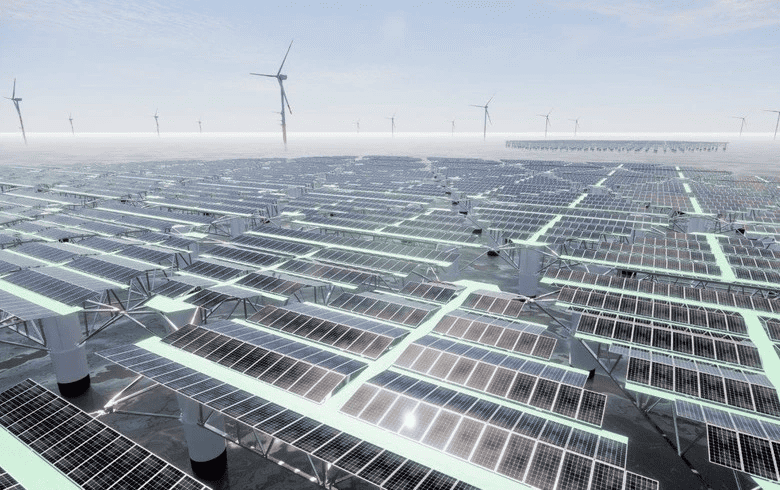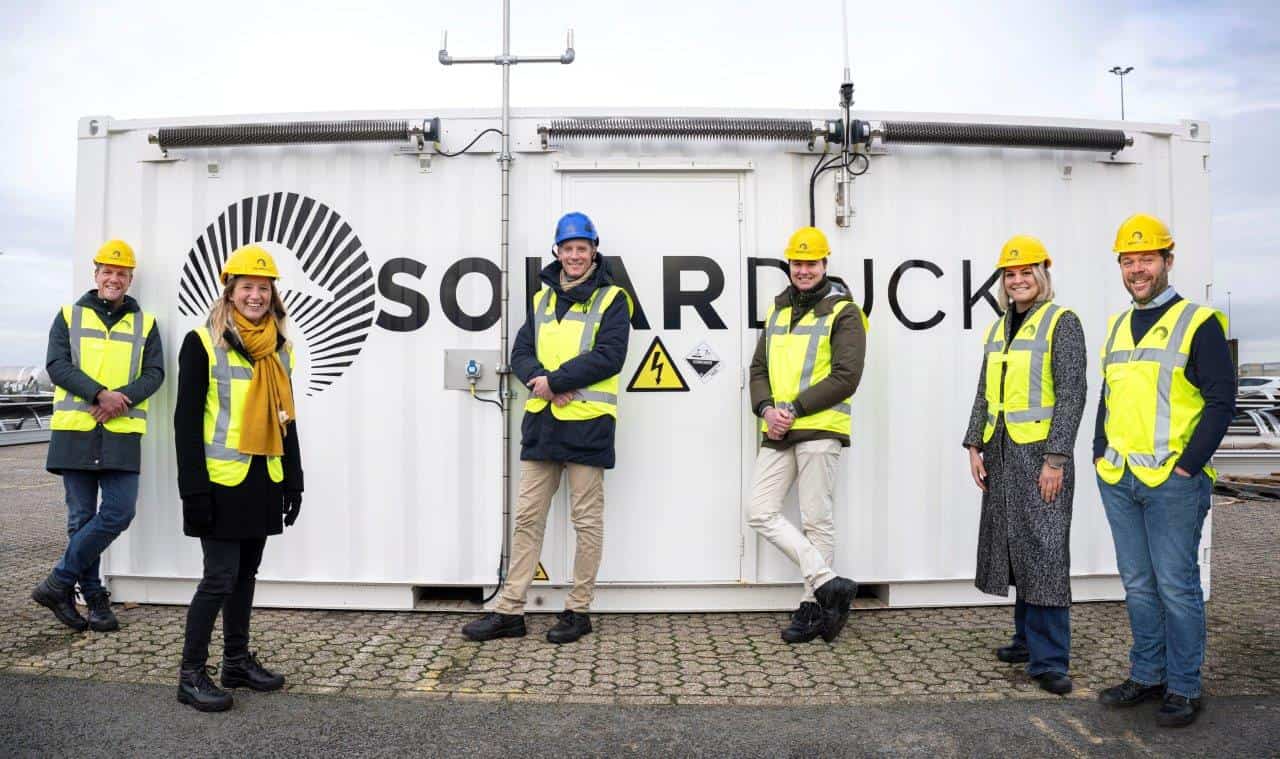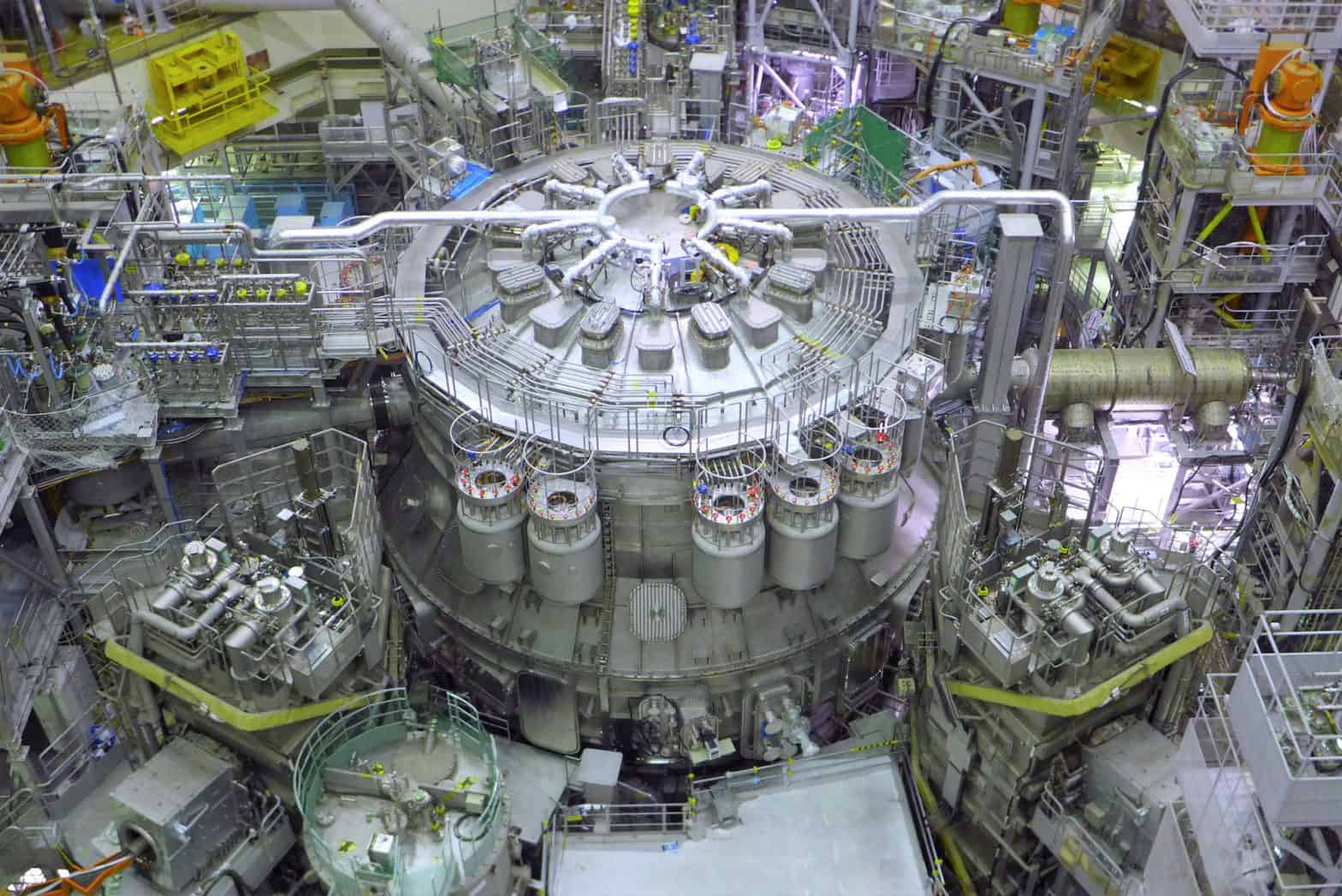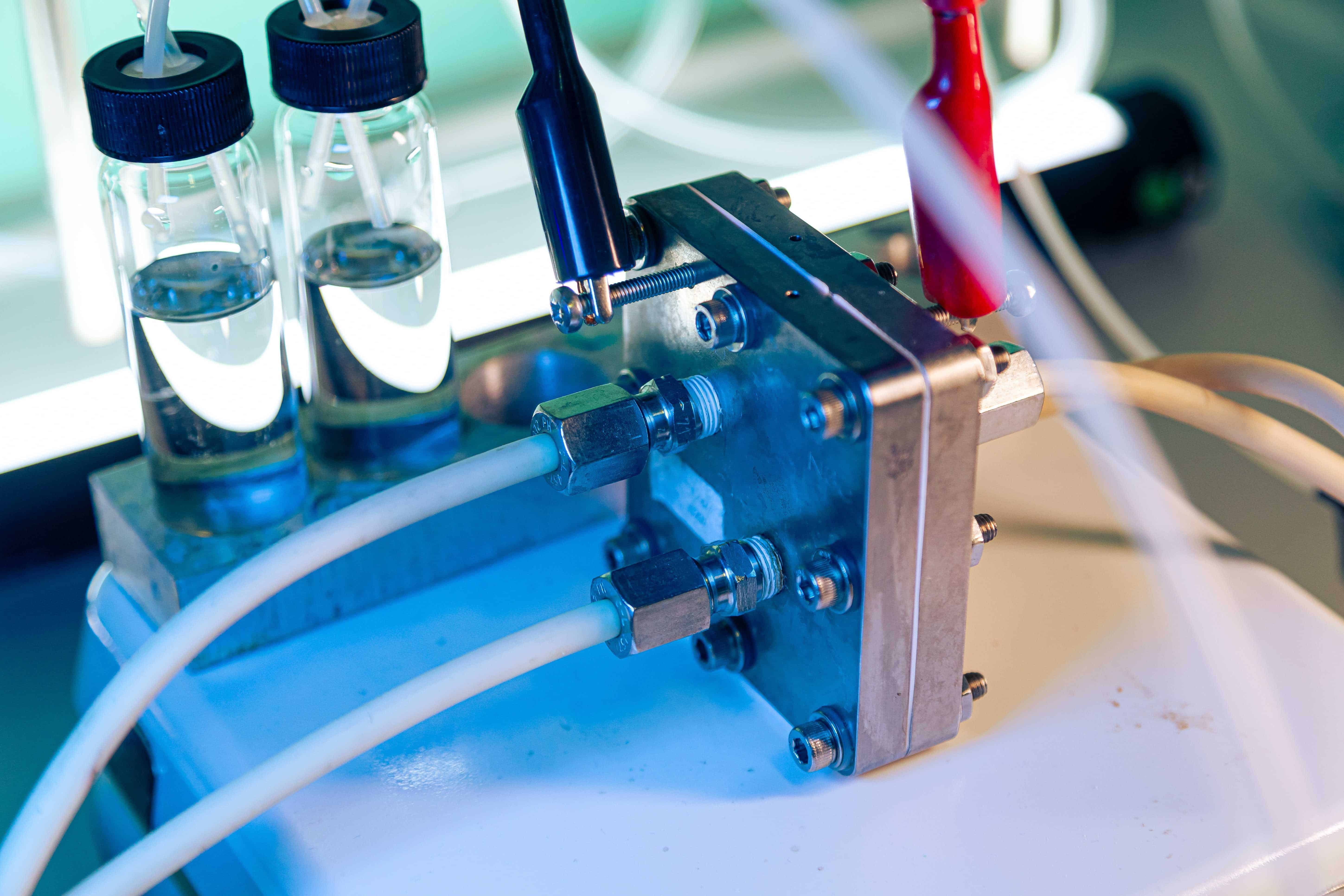
Floating solar panels company SolarDuck will develop a pioneering 540 MW offshore wind-solar project in Italy. The venture combines 28 floating wind turbines with an innovative floating solar farm and will be online in 2028.
The Dutch company SolarDuck is embarking on an ambitious journey, charting a course towards the future of renewable energy with its latest venture in the Mediterranean. This innovative project, a collaboration with Green Arrow Capital and New Developments s.r.l., is set to become Italy’s first grid-scale offshore hybrid wind-solar farm. Located offshore Corigliano in the region of Calabria, the farm is an impressive display of engineering and environmental synergy, boasting a combined capacity of 540 MW from wind and solar energy. The farm is poised to generate more than 160 GWh of solar energy annually.
Ingenuity on the high seas
SolarDuck’s approach to offshore energy is as innovative as it is ambitious. The company’s patented technology has been designed to withstand the rigours of the marine environment, with criteria that include resilience in wave heights exceeding five metres and hurricane-force winds surpassing 30 metres per second. These robust specifications ensure a remarkable asset lifetime of over 30 years, reflecting the company’s commitment to long-term sustainability and reliability.
The design of SolarDuck’s platforms — flexible connected triangles made from offshore-grade aluminium — enables them to reduce wind loads and avoid wave impacts by elevating the solar panel system. This careful consideration of environmental forces minimizes the chances of damage and ensures continuous operation even in the harshest conditions. The platforms are coupled at sea, a concept derived from the heritage of floating oil rigs and modern floating offshore wind solutions.

Design that respects the environment
SolarDuck’s design philosophy extends beyond mere structural integrity. The company prioritizes minimal ecological impact, ensuring its systems do not significantly block air and sunlight. This attention to environmental detail is evident in the open system design, which allows for airflow and sunlight transmission, reducing the chances of microcracks in panels due to water impacts and eliminating electrical cable fatigue and corrosion.
Components are containerized and locally assembled, offering a sustainable and cost-effective approach to expanding clean energy infrastructure. Such an easily scalable design is not only a boon for rapid deployment but also for local economies, as it encourages the use of local labor and resources.






